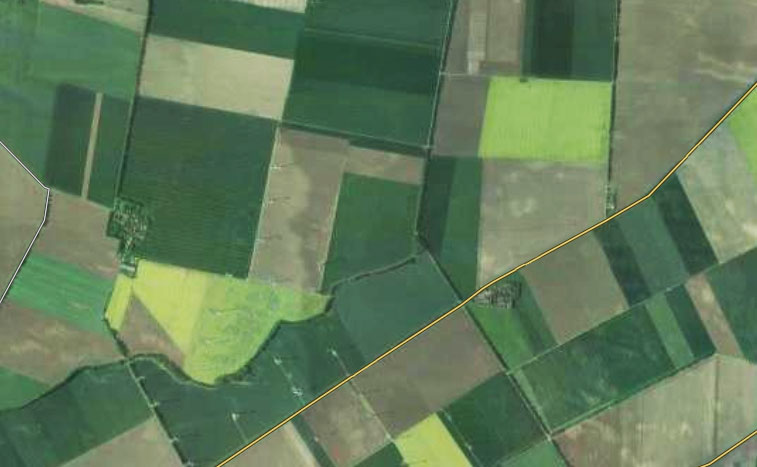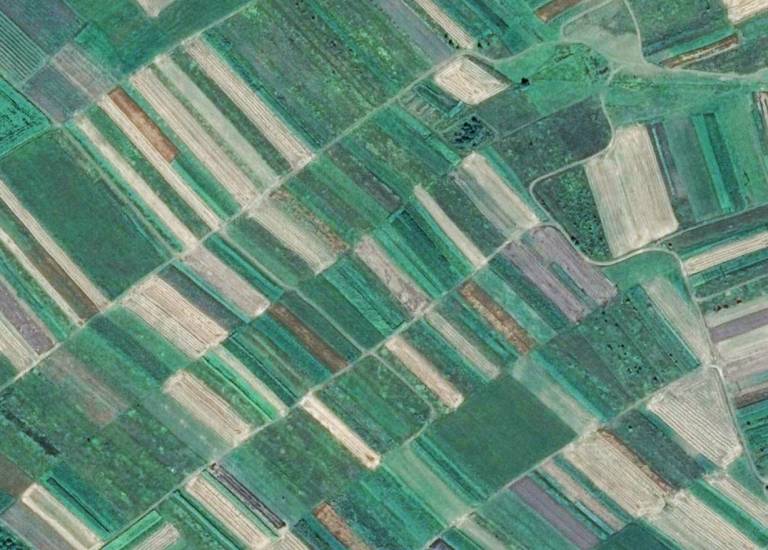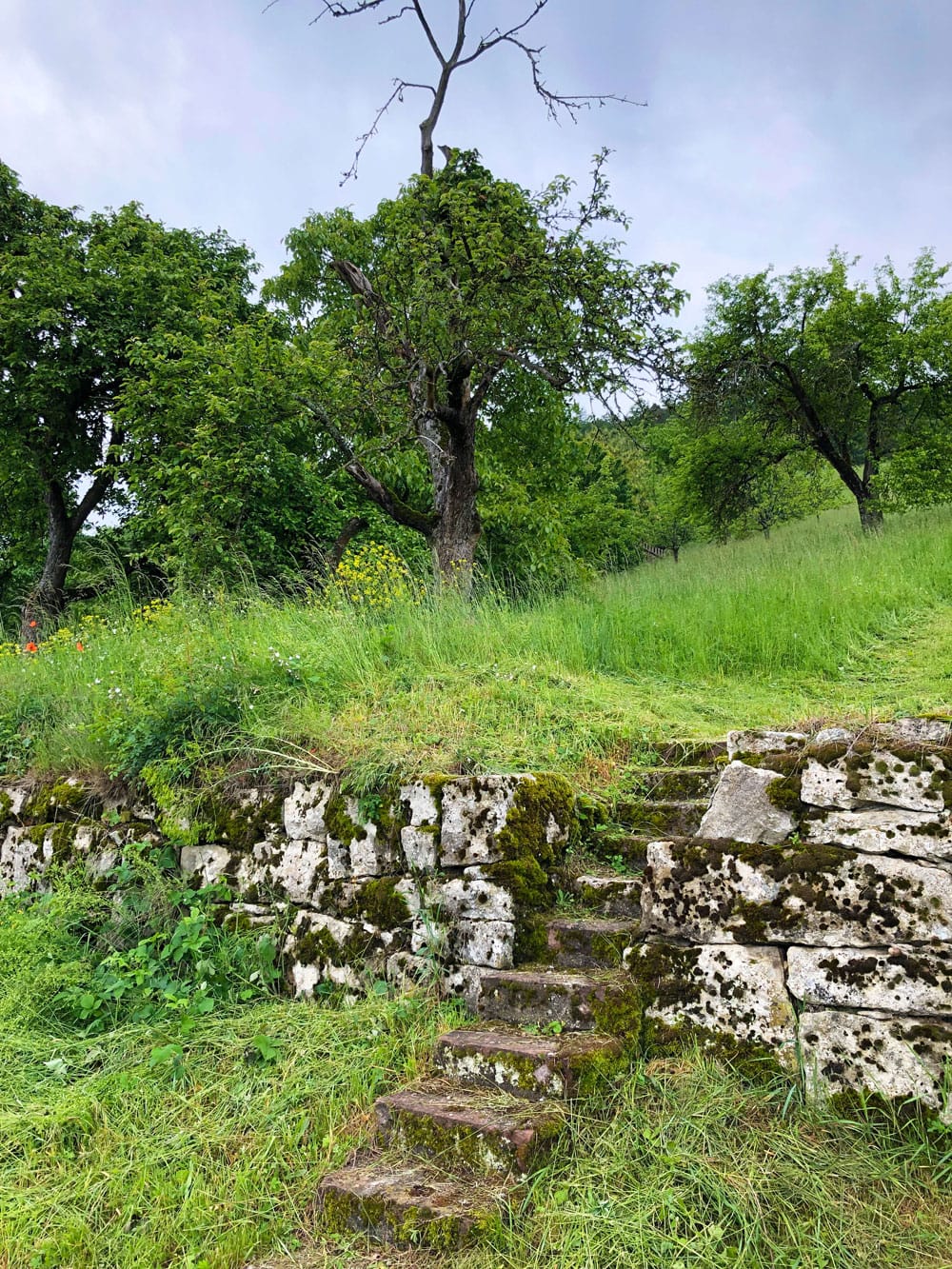Open landscapes and peripheral areas as a foundation of species diversity are disappearing
Particularly species-rich peripheral areas have been increasingly reduced and fragmented in recent decades through intensive land use, infrastructure measures and building development. Remaining peripheral areas are used less frequently, or not at all. Transitional landscapes between farmland and forest are becoming rare.
Biodiversity is the foundation for human life
Grassland, orchards, meadows, roadsides and fields on steep slopes are often the only areas with minimal intervention during time of increasingly intensive land use. They form valuable habitats for a variety of animal and plant species.

Modern large-scale agriculture

Traditional, small-scale agriculture

Old vineyard and extensively cultivated meadow orchard
Valuable peripheral areas must be preserved through extensive maintenance
Many of today’s most valuable botanical areas are the result of centuries of cultivation through sheep grazing, steep slope viticulture, fruit growing and hay making. Because they are difficult to manage, unique habitats for rare animal and plant species are at risk of being lost.
Only a small part of our species-rich and diverse grassland is “naturally” unwooded
With extensive and ecologically oriented maintenance, these areas offer a large number of plant and animal species a food supply, cover and escape possibilities as well as nesting and breeding places.